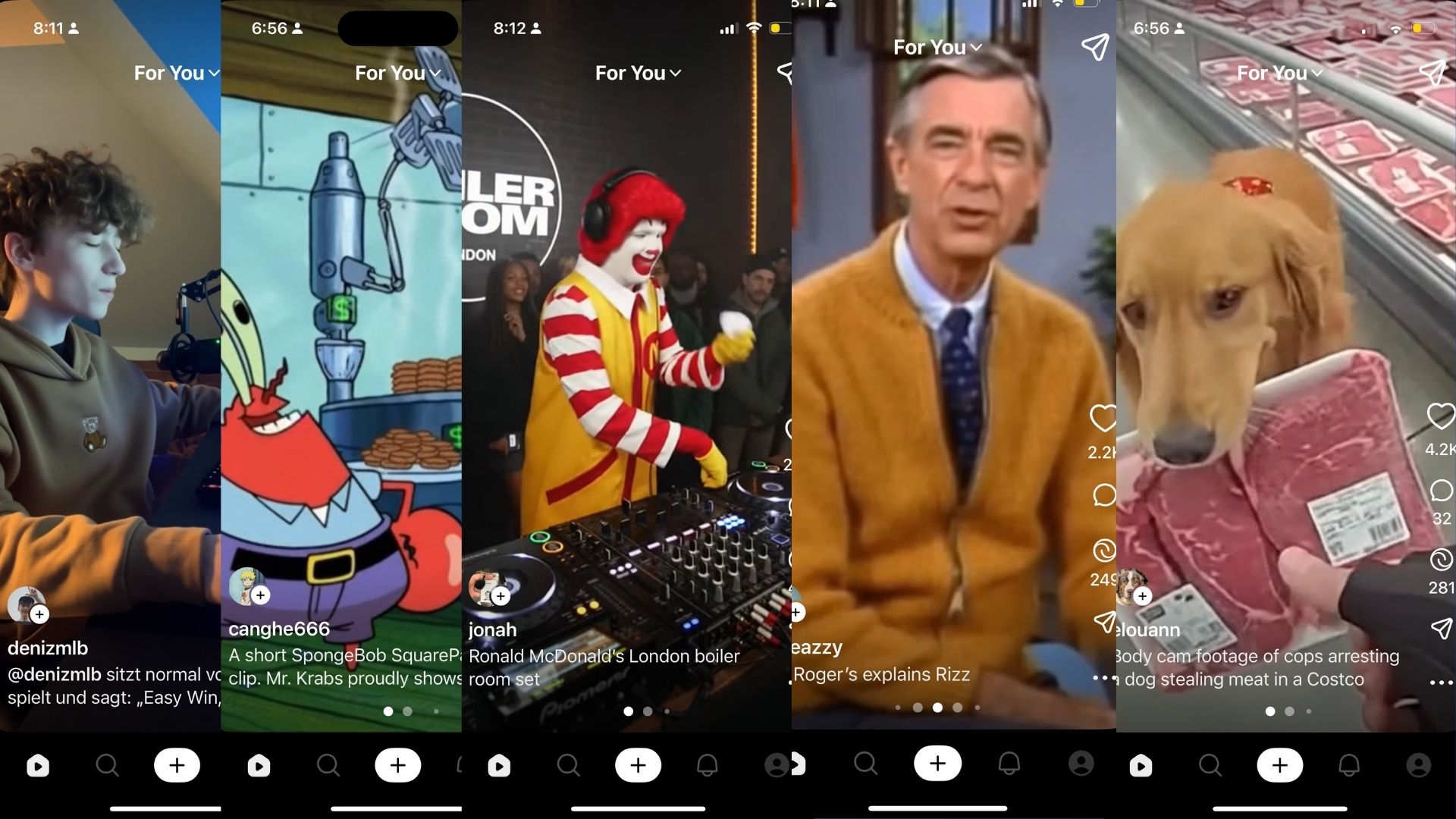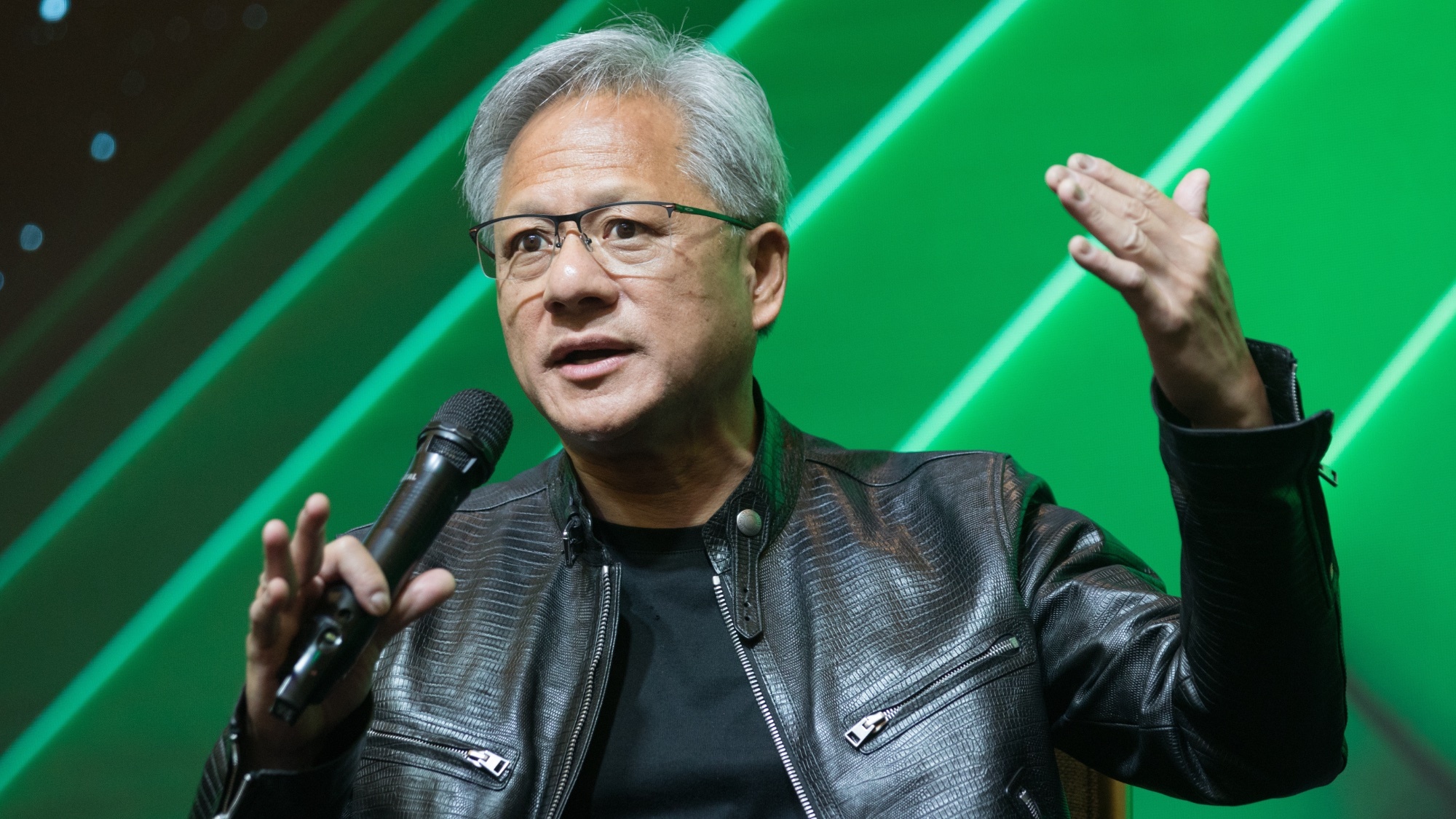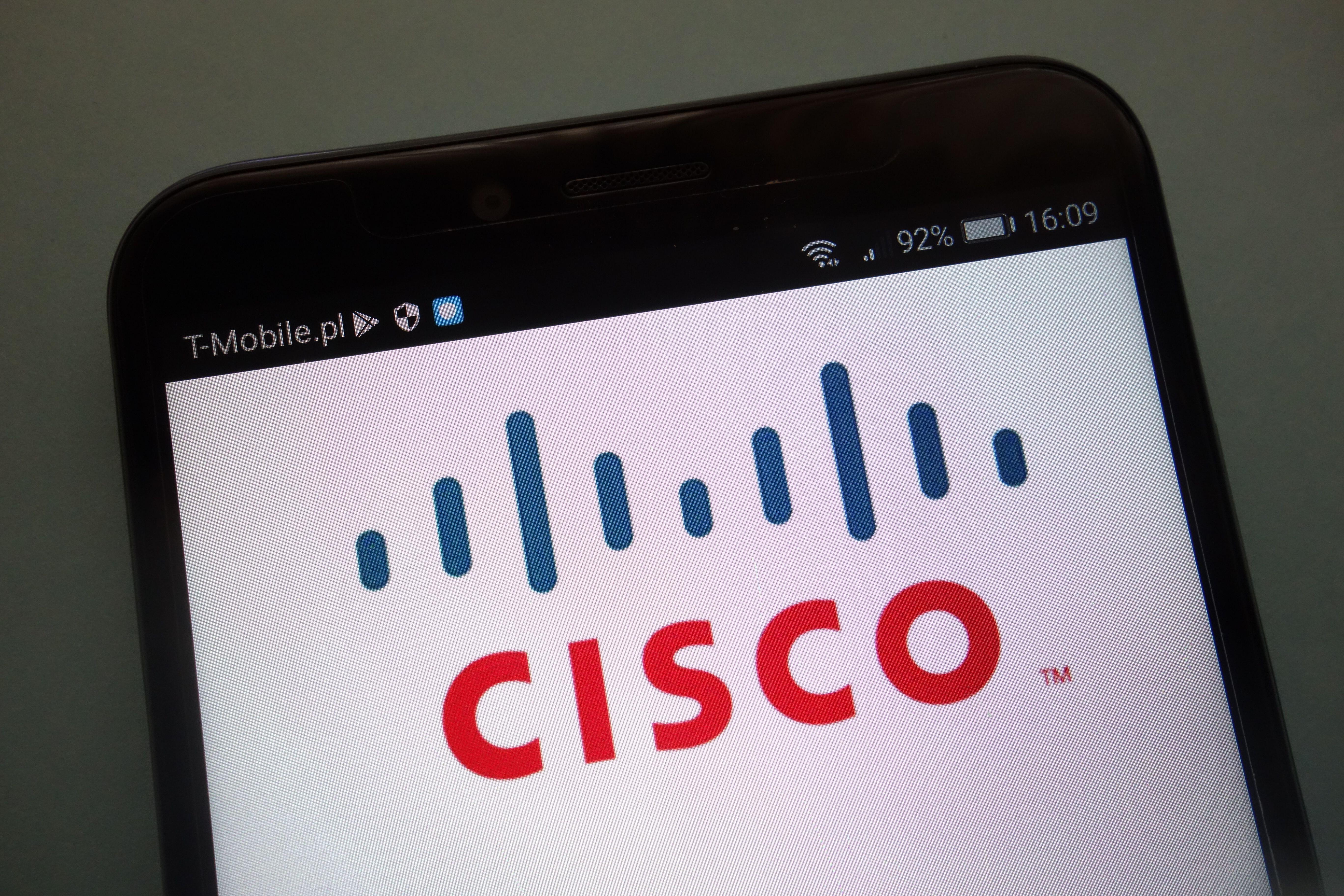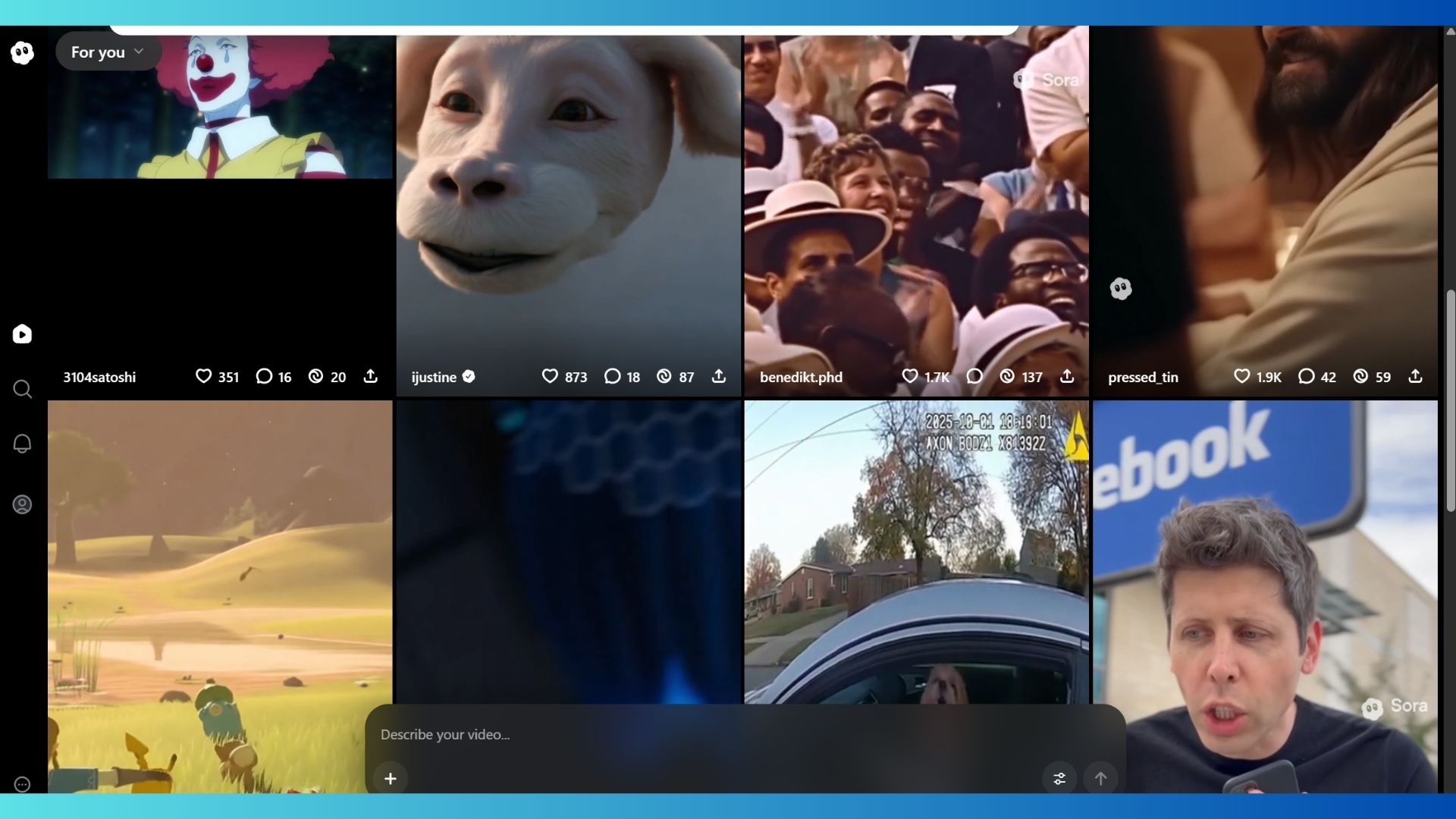AI might be a bubble, and Stephen Hawking winning an F1 race in Sora 2 is all the proof I need

“AI is a bubble” is something I hear on an almost daily basis from my friends and family members. And while I used to disagree — really seeing the benefits of using it in my day-to-day — I’m starting to come around to the idea of it.
And what really started changing my mind was opening up TikTok one day, and hearing a hyped up commentator yell “Hawking still out front,” as his wheelchair hits top speed out in front of the F1 pack. This is Sora 2, and I don’t even want to think about how much GPU compute and energy was used in creating this video.
So what's happening right now? And are there serious concerns about this being the Dot-com bubble all over again?
It’s getting weird
Being real, I found the initial burst of Sora 2 videos funny, and it is indeed the best video generation platform of the bunch. I’m not a grump — I did chuckle at the Queen entering a WWE ring and slamming a wrestler through a table. But how does it make money perpetually?
I can appreciate why some companies are doing this, because look at the numbers. The last time OpenAI had a huge influx of new ChatGPT users was back when everybody turned their photos into Studio Ghibli-inspired illustrations. Giving the people something fun and meme-able seems to be a good way to drum up interest.
But these videos are being made and shared straight to TikTok, which shuts OpenAI out of that moneymaking opportunity. Then there’s what other companies cooked up at around the same time — Meta Vibes hasn’t landed anywhere near as positively as the Zuck was hoping for, xAI brought an NSFW option to market that has Elon Musk posting some weird stuff on his X page. I never like to be judgmental, but it is getting weird.
Basically, the promise of artificial general intelligence has taken a backseat in the long term. And in the near-term, we’re getting infinite-scrolling AI slop. So how is this all being paid for? Well, I took a closer look.
Get instant access to breaking news, the hottest reviews, great deals and helpful tips.
All about vendor financing

So, as I get into this, I want you to keep this phrase in mind. Vendor financing is essentially when the maker of lucrative products not only gives customers a product on a loan, but actively finances the growth of said customers.
Apropos of the common way people describe Nvidia in the AI gold rush, imagine there’s only one store that sells picks and shovels. Now, let’s say there’s a prospector (let’s call him Sam for no foreshadowing reason whatsoever) who has a map that may lead to a huge location of gold, but he is flat broke.
Instead of kicking the prospector out of their picks and shovels store, the owner says, “I’ll give you a loan to buy the shovel from me,” on the promise of finding this gold, and they mark it down as a big sale in their books (even though no money changed hands).
Now, that store is relying on not just that prospector’s map being correct and finding the gold, but their ability to keep borrowing money and paying back. It’s a cycle that eventually forms a bubble based on the promise of something great in the future, and not a current reality.
Got that? Good. Yes, I did use Veo 3.1 to make that clip you see illustrating the point.
Let’s put that into practice

OpenAI’s Sam Altman has a challenge. He has been looking for ways to fund his trillion-dollar AI plan — he needs all the AI compute he can get for his vision to change the world.
And so, the company turned to Oracle and signed a $300 billion cloud computing agreement over five years to get the massive amount of computing power needed for training and running its next-generation AI models. Paid at $60 billion per year, this is a little worrying given OpenAI’s revenue is estimated at around $13 billion, and they burn roughly $8.5 billion per year. How’s Altman going to pay the tab? Well, let me get to that in a second.
So Oracle now has the contract — where do they go to build out these data centers? Well, they’re going to Nvidia — spending billions of dollars on Team Green’s AI chips and hardware to make this work.

And now, OpenAI is promising to pay Oracle, who is paying Nvidia. How does OpenAI get the money to pay Oracle? Well, as you’ve probably already heard, Nvidia is investing up to $100 billion in OpenAI — a long-term financial commitment by the dominant chipmaker in the AI space to fund these expansion plans.
So what you have here is the same money being passed in a virtuous cycle between these three companies. Of course, money is lost in every part of this cycle for fees, wages, manufacturing costs and whatnot (that’s a whole other story).
But this is being propped up by excitement (potentially over-excitement) from Wall Street investors, personal stock buys and your 401Ks. Money keeps going in from us to keep the cycle going, with the mission of reaching AGI.
A warning from the past

To a '90s kid like me, this sounds familiar. Let’s take Cisco, for example — Dot-com startups needed billions of dollars of Cisco hardware to build fiber networks and run websites, but they were unprofitable with valuations based on a promise of the future.
So Cisco loaned money directly to them for purchasing the equipment, and that made Cisco look great in a very inflated kind of way — revenue numbers more metaphorical than literal. But once those startups failed, that led to massive write-offs for Cisco and exposed the fake revenue.
We have the infrastructure now, and the market did recover (it’s how I’m writing to you now), but this came long after the bubble burst, and regular folks like you and me felt the pinch of a significant loss in 401k retirement savings.
Is this a bubble?

Yes? …maybe. It’s a little vague, so let me pose two options for you.
Option 1: it’s a bubble
Three key factors caused the Dot-com bubble:
- The widespread adoption of the internet caused internet companies to forget key valuation metrics like profit and cash flow, and bet on future potential “eyeballs” rather than actual earnings.
- Venture capitalists were keen to throw stacks of cash at any company with an internet idea — to the point that many companies were going public on the stock market with no actual business plan.
- On the back of this hype, internet companies were being grossly over-valued. Cisco became the most valuable company in the world at over $500 billion, even though there was a massive disconnect from its actual profits.
…sound familiar? OpenAI and xAI are valued extremely highly, but are unprofitable. Nvidia is extremely profitable, but the market is pricing in years of strong future growth at this explosive rate we’re seeing — growth that is happening partly due to some of the vendor financing at play here.
And Meta’s core business (social media platforms and ads) is highly profitable, so the issue with Zuck & Co. is not a lack of profit, but rather that the tens of billions they’re throwing at AI fails to materialize in a profitable next-generation platform.
Option 2: it’s not a bubble…yet
The entire U.S. stock market is propped up on the Magnificent Seven — Nvidia, Microsoft, Apple, Alphabet, Amazon, Meta and Tesla. That is “unsustainable,” as Goldman Sachs analysts see it, but they don’t see it as a bubble.
Their main reasoning is down to two things:
- The stock prices of the Magnificent Seven have soared, but valuations reflect “powerful and sustained profit growth” instead of “excessive speculation about the future,” which is what caused the first bubble to pop.
- A lot of companies behind the AI boom have profits elsewhere. Meta’s ad business, Nvidia’s GPU production, Google in the search and ad business.
But as Goldman Sachs admits, while this isn’t a bubble in their eyes, some things are starting to happen that give off strong bubble-ish vibes. Companies are rushing to go public with AI offerings, and investors are paying premiums to get in on them. Big Tech is now financing projects with debt to build out AI infrastructure — opening themselves up to greater risk.
What do you think?
The way a lot of people are talking, it doesn’t seem to be a case of “if,” but rather “when” there is going to be an AI bubble. And if that bubble bursts, all of those circular vendor financing deals would drop, all the money stops flowing, and we’d see a massive loss of wealth (some estimates point to a potential loss in the tens of trillions).
As for AI itself, you could see the quest move from this dream of AGI to sustainable, practical, and profitable uses of AI. Models that solve tangible problems in an efficient, clever way rather than trying to change the world.
And you’d see innovation become less concentrated in these few companies (especially with the fire sale of AI infrastructure, if the cheap fiber-optic cable and data centers post-Dot-com bubble is anything to go by), and more on smaller, nimbler teams to compete using these cheap resources.
But enough from me. I’ve made my case — what do you think?
Follow Tom's Guide on Google News and add us as a preferred source to get our up-to-date news, analysis, and reviews in your feeds. Make sure to click the Follow button!
More from Tom's Guide
- ChatGPT lost me at 'erotica' — plus 3 other reasons I've switched to Claude for productivity
- How to get Perplexity Pro for free — 3 ways you can get a year at no cost
- Forget ChatGPT, Gemini looks set to win the AI race — here's why

Jason brings a decade of tech and gaming journalism experience to his role as a Managing Editor of Computing at Tom's Guide. He has previously written for Laptop Mag, Tom's Hardware, Kotaku, Stuff and BBC Science Focus. In his spare time, you'll find Jason looking for good dogs to pet or thinking about eating pizza if he isn't already.
You must confirm your public display name before commenting
Please logout and then login again, you will then be prompted to enter your display name.










